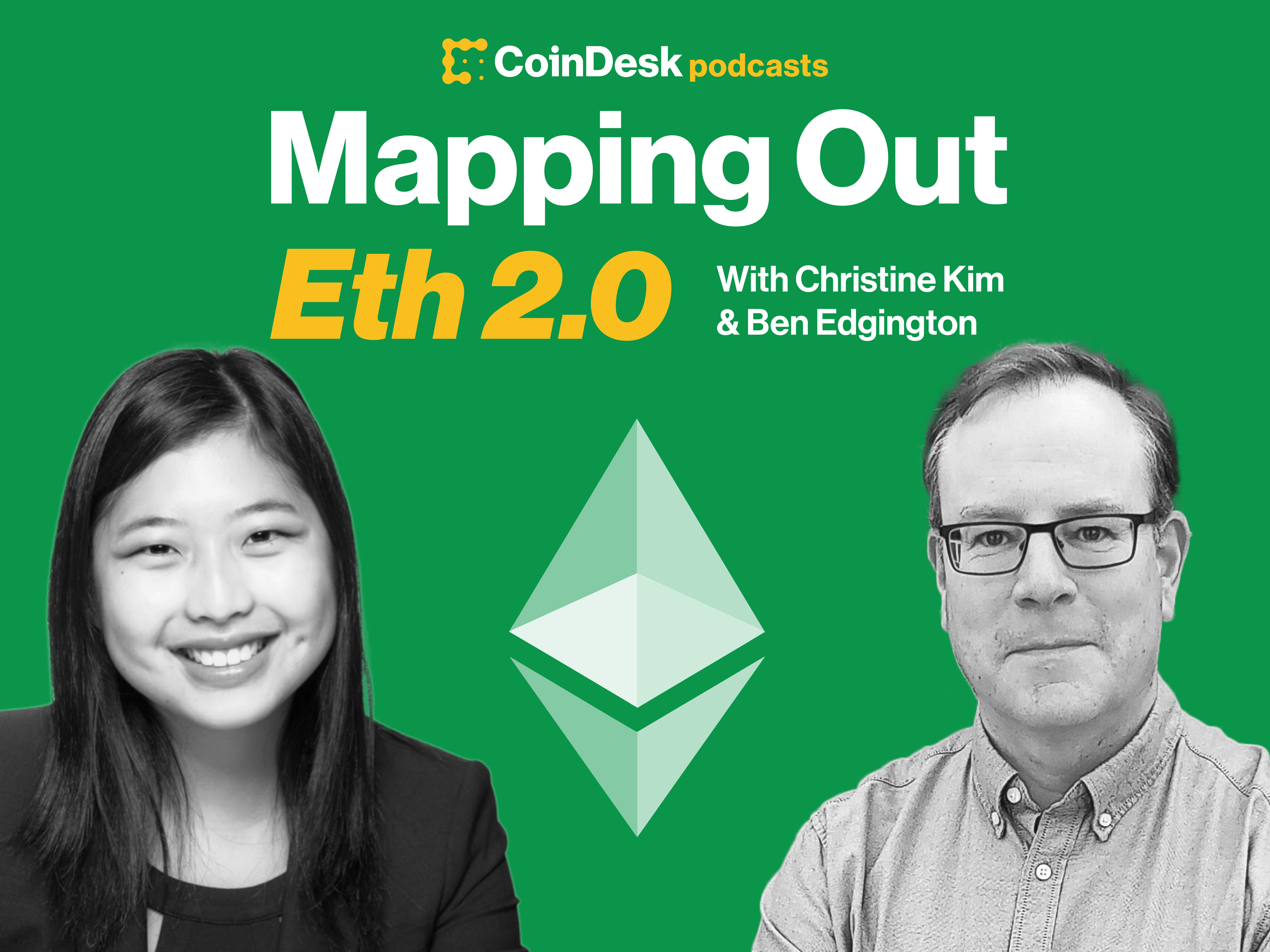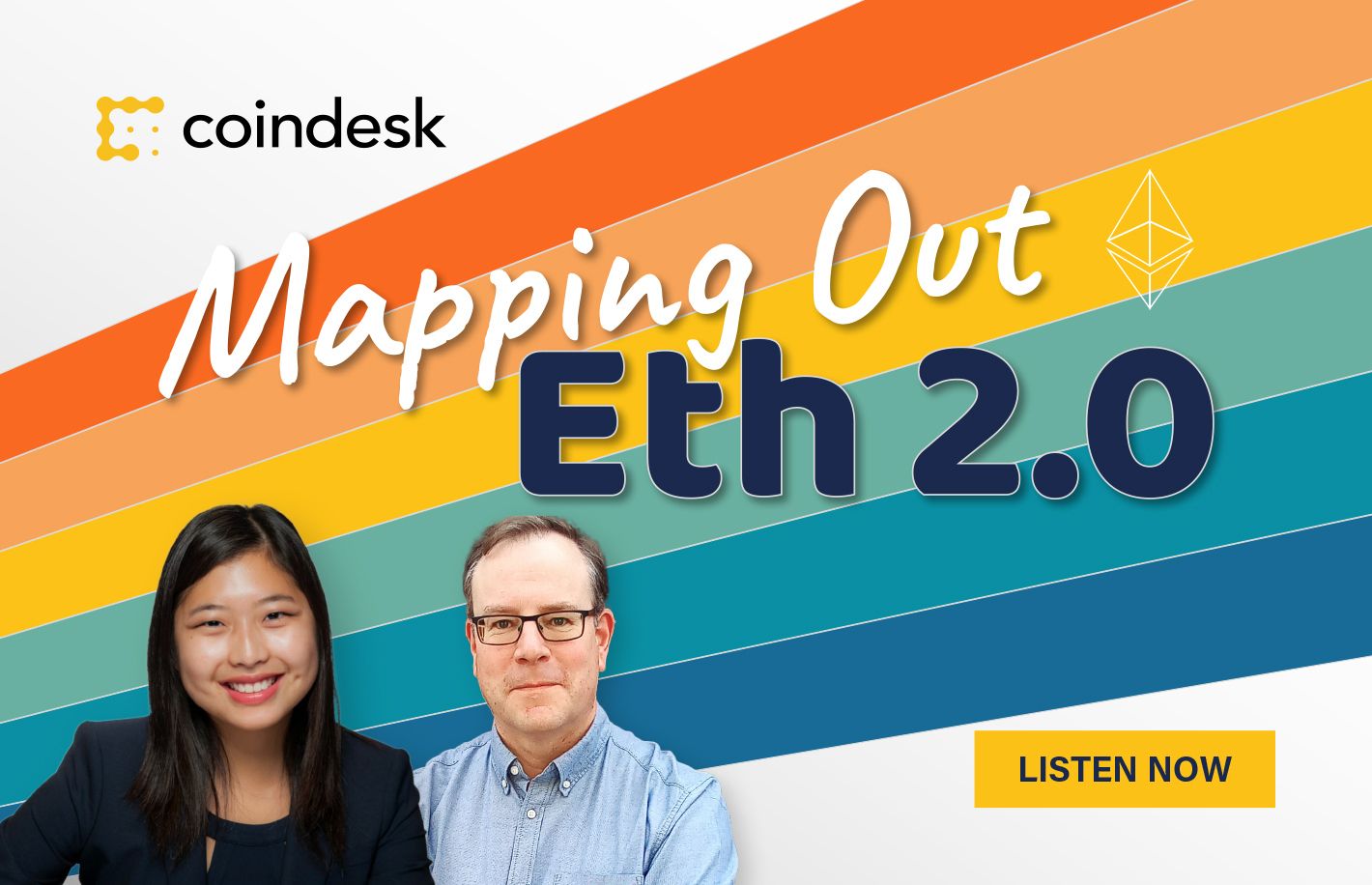In this week’s episode, CoinDesk’s Christine Kim and Consensys’ Ben Edgington discuss the future of validator rewards post-merge to proof-of-stake (PoS) and the significance of the Steklo test network launch.
This episode is sponsored by hellointerpop.io and The Sun Exchange.
Currently, if you’re staking on Ethereum 2.0, Ethereum’s parallel PoS network, your operations are earning you a roughly 8% annual percentage return (APR).
But once Ethereum and Ethereum 2.0 merge, validators stand to earn more than triple this amount.
“It looks like around 25% per annum is the expected initial total annual return for [validators]. So on your 32 ether, you’ll be earning about eight ether per year, on average,” said Edgington.
The reason why is because a merge to Eth 2.0 will mean all transactions and smart-contract operations on Ethereum are processed by validators instead of Ethereum miners. This means validators will begin earning extra rewards from users and decentralized applications (dapps) in the form of transaction fees.
Prominent Ethereum community members such as Ethereum Foundation’s Tim Beiko and Trenton Van Epps have cautioned miners about planning operations beyond the end of 2021.
“To all Ethereum miners: Plan conservatively for an end to mining EOY 2021,” said Van Epps in a tweet.
Testing is ongoing for Ethereum’s merge to PoS. Last Friday, April 30, developers launched the first multi-client test network for this upgrade, dubbed “Steklo.”
Steklo “was only up for a day. That was pre-planned. It wasn’t supposed to be a test network that would be up and running for weeks a time,” said Kim.
For the few hours it was functional, Steklo faced a number of issues and errors.
For the complete commentary on the troubles the network faced and what developers learned from their first major attempt at modelling the merge of Ethereum and Eth 2.0, listen to the full podcast episode with Edgington and Kim.
Links mentioned in this podcast:
- What’s New In Eth2 (www.eth2.news)
- Valid Points (https://www.coindesk.com/newsletter/valid-points)












